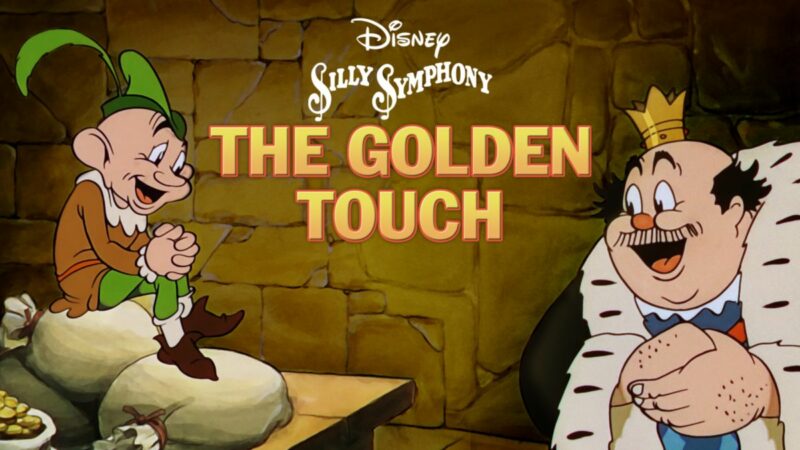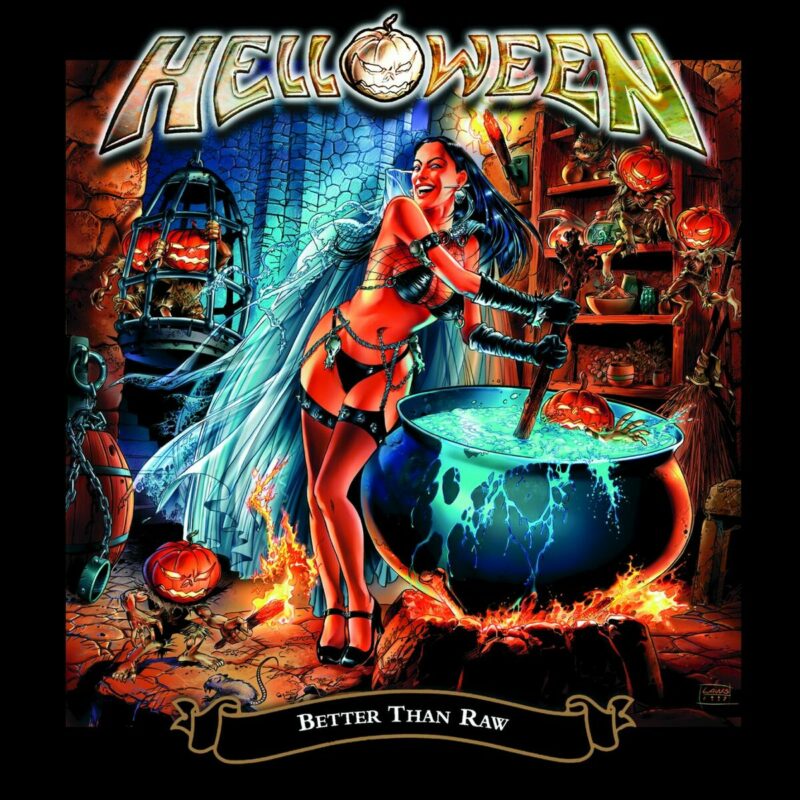
Walt Disney’s career as a director of animated film was not a particularly inspiring one.
We’ll ignore the Laugh-O-Grams and Alice Comedies since those were cranked out under Stakhanovite conditions for nearly no money for men who often turned out to be literal criminals (Pat Sullivan has a borderline classic Wikipedia page, littered with lines like “Sulivan(sic) would often fire employees in a drunken haze, not remembering the next day, when they would return to work as if nothing had happened“, and a Controversies section split into subheadings “Rape Conviction” and “Racism”).
We’ll also ignore early output like 1921’s Kansas City Girls Are Rolling Their Own Now, which mainly serve as insight into fetishes Walt may have had.
Yes, “Steamboat Willie” and “Skeleton Dance” and “Hell’s Bells” and “The Problematically-Depicted Negro” (etc) are holy classics, but Ub Iwerks (and his hunger for violence) deserve a lot of credit for those. Probably more than he got or will ever get, even by me. “Poor Papa” is great and underrated. “Minnie’s Yoo Hoo” sucks. Etc. More misses than hits, by my lights.
On the whole, you would describe Disney’s directorial output as “stiff, stagey, and moralistic.” You would not describe it as “very fun”. He did not make animation sing. He made it squawk, fret, and preach. His skills were adequate for the rubber hose era. By the 1930s, cartoons were entering their golden years, rapidly exploding in complexity, detail and quality of writing/acting/etc. Walt ended up over his head, his aged and dating skillset like racing a Model T at the Indy 500.
“The Golden Touch” (1935) was famously the result of a bet that Walt couldn’t direct as well as his animators: a bet that his animators immediately and decisively won. The last animated short ever directed by the man behind the mouse, it’s somewhat watchable, but most of the fun parts—like Midas giving himself a gangsterish gold tooth—feel like they were added by animators to try and punch life into things.
The story is flat and predictable and preachy. Don’t be greedy! Even if you don’t know who King Midas is, you can guess the plot after thirty seconds. Countless opportunities for gags are missed. King Midas spends half the short sitting in a chair. And when Goldie grants Midas the Golden Touch, shouldn’t he do it in a funny or interesting way? Instead of just saying “you have the Golden Touch now!” (or something) and disappearing?
I liked the skeleton. I wonder if that came from Walt. I expect it did. He always had an eye for the morbid.
What was Walt good at? I see him as a visionary and a dreamer who made audacious technical bets (synchronized sound, Technicolor, feature-length films), re-imagined the concept of what a cartoon could be, and then found talented artists to execute his vision. He wasn’t much of an artist himself, but that’s okay. There’s the big picture and the small picture. Georgy Zhukov was a talented general on the Eastern Front, but I could probably beat him at kickboxing—him dying in 1974 helps.

A miserable listen. One of the most violently wrong-sounding albums I own. It captures a band ready to break up, and its silly melodies and forced-happy tone gives it a tragicomic “fiddling on the Titanic” tone. The singer was fired three months after its release, and a year after that the drummer jumped in front of a train.
It’s the only Helloween album that gives me no way in, the only one where the question “what were they trying for here?” has no clear answer. The title and cover suggests a band making a statement for artistic diversity: for breaking out of the power metal ghetto, for doing the unexpected. But “weird” is an adjective, not a noun. An approach, not an identity. You can’t have a band founded on sonic diversity and nothing else: that simply means you don’t have a sound. The cover sums things up—it’s colors for the sake of colors, not actually a painting of anything.
In practice, Chameleon is a three-way solo album between singer Michael Kiske and guitarists Michael Weikath and Roland Grapow, who are now apparently communicating through lawyers who end every correspondence with “conduct yourself accordingly”. The hostility in this hate triangle is palpable, and bleeds through on the record. None of them like or respect what the other two are doing, and at times they almost seem to be sabotaging each other. Also present are the ever-reliable bassist Markus Grosskopf, who does what he can, and drummer Ingo Swichtenberg, whose paranoid schizophrenia was sadly worsening, and who clearly hates the Beatles- and Queen-influenced songs more than anyone.
It’s horribly overproduced, and an example of how money can’t make bad music good. Songs like “In the Night” are overwrought and overthought, packed with vocal and guitar and saxophone (?) overdubs to disguise how weak they are. Synthesizers prove a particularly hateful presence: even good songs like “Giants” and “I Believe” have cheesy bleep-bloopy one-finger Fairlight arpeggios on them, of the sort you normally hear on Huey Lewis songs. Abominable. If you’re ripping off Queen, couldn’t you also rip off the “No Synthesizers” sleeve notes?
Michael Weikath’s songs have the largest quality delta. “First Time” is an okay hair metal song that passes without much pain. “Giants” is actually a minor classic, and would have fit well on either Keeper album. It has a heavy as hell NWOBHM-influenced main riff, and the chorus is sublime. “Don’t you, won’t you, say that we’ll be free again!” On the other hand, “Revolution Now” is a droning 70s Jimi Hendrix knockoff that’s eight minutes long. It sounds like Oasis’s Be Here Now, and is equally boring. “Windmill” (or “Shitmill”, in Ingo’s memorable term) is the worst ballad ever written by the band: rank, rancid, and insipid.
Roland Grapow’s songs are largely dull. “Crazy Cat” has some big band flash but no good hooks. You’d have to pay me to listen to “I Don’t Wanna Cry No More” again. “Music” has a Pink Floyd-inspired bridge with some fine single-coil Strat guitar soloing, but otherwise is as unmemorable as its title implies. “Step Out of Hell” is filler burdened with yet more synth cheese.
Michael Kiske was never the band’s greatest songwriter. Here, he offers a surprise in “I Believe”, an emotionally bludgeoning but effective ode to faith that’s nearly a masterpiece. It has some wonderful ideas in the Iron Maiden/Manilla Road vein (ironically, he’d soon swear off heavy metal entirely), but it’s just too long and draggy. It needed some tempo changes in the middle. Still, I think this might be the album’s finest track. “When the Sinner” is overlong and mediocre at best, and is overloaded with questionable ideas (if you’re one of the millions of fans who thought “Helloween would sound much better with alto sax solos”, then I’ve got the album for you.) The Paul McCartney-esque “In the Night” is just too sonically confused to stay in the memory.
Not only did Helloween tear to shreds what made them successful, they replaced it with…nothing. Just shallow, derivative imitations of other bands and styles. Chameleon has two good songs and ten bad ones, with saxophones and synthesizers. At times it seems like a practical joke. At least they released it in 1993, when the world’s appetite for retro-progressive dad rock was at an all time low. The album’s title feels appropriate: it was literally invisible.

What does the title mean? That, I can’t tell you. It’s an excellent power metal album, however. Time of the Oath was 25% better than Master of the Rings; Better than Raw is 25% greater again. Everything locks into place here. Music, tone, style, production, performance. It’s distinct from anything Helloween made before, yet feels like a summation and endpoint of their 90s style: great songs, performed with panache and energy. Helloween wasn’t just out of “comeback hell” in 1998, they producing melodic power metal that compared decently against their classic 80s run (Walls of Jericho plus Keeper of the Seven Keys I and II).
All of the musicians more than pull their weight, but one of them steals the show. Uli Kusch’s drumming is so damned good here—flashy and technical, yet in-the-pocket and lively. Listen to the way he anchors the start of “Push”—tight triplets on the kicks, with sharp, precise hats punching Markus Grosskopf’s bubbling bass into place like steel tentpegs—or the unyielding chaos of “Midnight Sun”—where flurries of wild snare and tom fills swoop and overtake each other like crazed birds. He adds such interesting skeletons to fairly average midpaced fair like “Hey Lord!” that they seem absolutely compelling.
This might be the most balanced Helloween album from a songwriting perspective. Four songs by Uli, four by Weikath, four by Deris. This is the only 90s Helloween album to have absolutely no songs credited to lead guitarist Roland Grapow, but I happen to know he “ghosted” a fair bit on Uli’s songs. The staccato guitar riff in “Revelation” was written by him, for example.
“Push” is fast. “Falling Higher” is even faster. Tommy Hansen’s production is dated, archaic and rough, with bits of dust seeming to cling to the cracks in every note. I think this was the last time they ever worked with Hansen, and represents another breaking point with their classic power metal style. Subsequent albums had a more modern (sometimes too modern) sound.
There are some recondite progressive rock touches in the album’s second half, which, unlike Chameleon, are well done and don’t seem too distinct from the band’s core style. “Time” and “A Handful of Pain”.
The worst song is probably Weikath’s “Lavdate Dominum”, which listens like a goofy punk rock song, or a heavy metal cover of some Christmas carol. I don’t know what the idea was here. He also gets the album closer, “Midnight Sun”, which is really good; extremely lengthy and technical while also fraught with emotional agitation. One of Deris’s great vocal tracks is on this song.
There are two great songs, that are pretty much in the top 10 greatest Helloween tracks every time I make a list. The first is Uli Kusch’s “Revelation”, an amazing, warp-speed epic that seems to be a jaded postmodern take on the Bible. Astonishing shifts in feel and tempo, solo after solo, weird digressions into funk rock and thrash, the album’s greatest chorus…Worlds form, collide, and break apart inside this song.
The second is a complete surprise. “I Can” is one of the hardest sellouts Helloween ever sold, literally being an alternative rock song that sounds like New Order’s Get Ready more than anything, But it’s extremely well-written, compact, and catchy. I’m glad they didn’t go further into the territory explored here, but man, I’m glad they planted a flag at least this far.
1998-2000 was the era where power metal became incredibly competitive: bands like Gamma Ray and Stratovarius were in the middle of career-defining hot streaks, newcomers like Freedom Call even America was finally becoming relevant again thanks to Virgin Steele and Kamelot. Better than Raw ranks alongside the best of that period.



